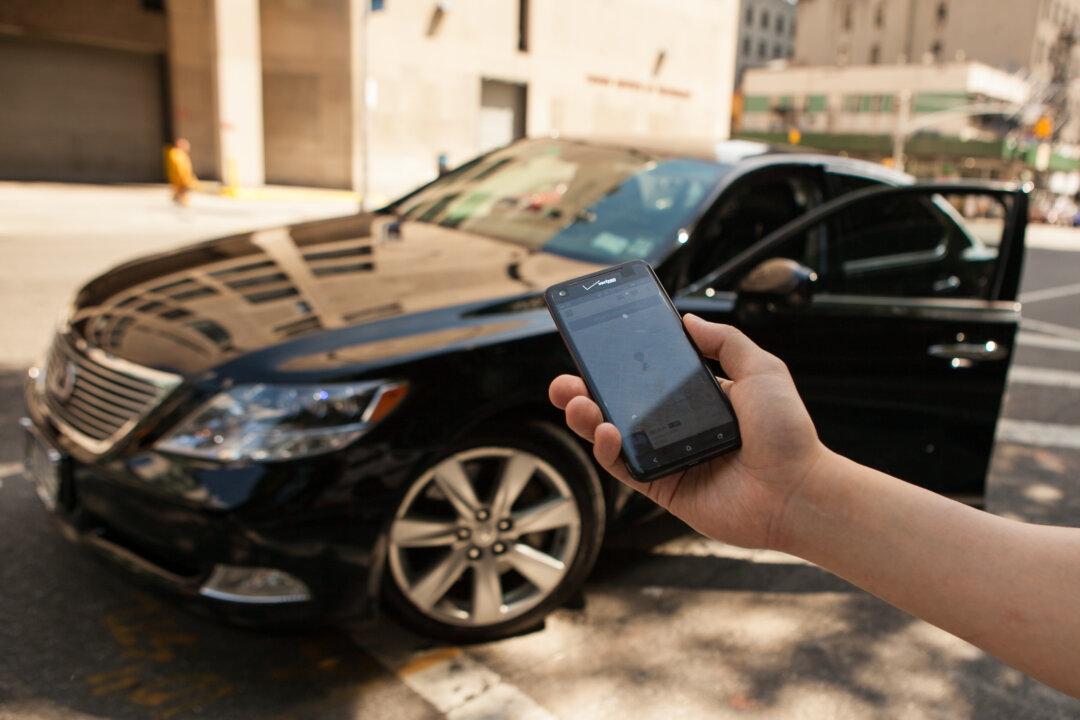The Technology expo Mobile World Congress was held this week, and among shiny new phones and gadgets, a number of reveals pertained to the future of motoring. Across the board firms are leading with the idea of interconnected devices and the Internet of Things, and the automobile industry is no different.
AT&T showed how to control a “smart home“ from your ”connected car,” while Visa wants us to use our wheels to order pizza. Tech and automobile companies are converging and partnering, with both Apple and Google racing ahead to provide dashboard operating systems. Of course, Google’s most distinctive contribution to motoring so far is still its cartoon-like driverless cars; a potentially transformative sector other companies are piling into.
This week Renault Nissan announced plans to bring an autonomous, connected car to market by 2016. This wouldn’t be as far down the line as a fully driverless car, capable only (pending regulatory approval) of driving autonomously in traffic jams. While Renault Nissan’s head predicted that autonomous roadway travel is not far off, moving beyond that point is far more difficult because we simply can’t currently ensure that autonomous vehicles make rational decisions in emergencies.
